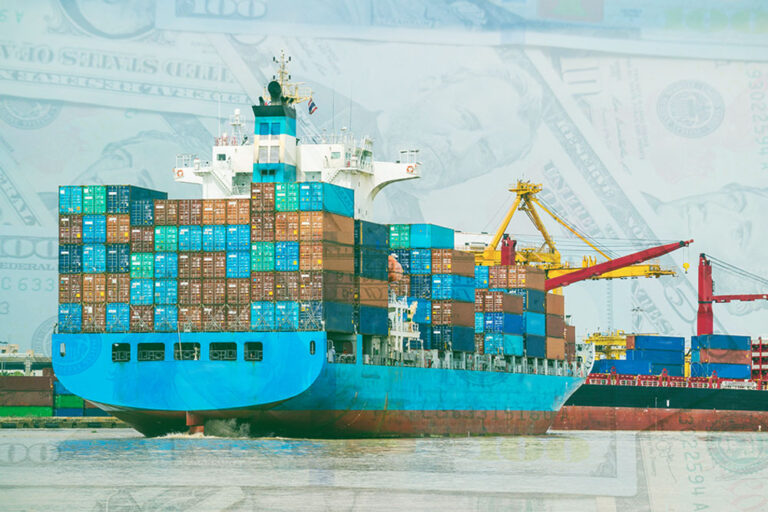
Stephen Dover, Chief Market Strategist and Head of Franklin Templeton Institute at Franklin Templeton on the latest tariffs notes the following:
US President Donald Trump’s new tariffs are overall much higher than expected and the highest in over 100 years. It came after the close of the US stock markets on April 2, but equity futures dipped along with US bond yields in after-hours trading. We expect foreign stock markets to also fall as this news is digested.
- Reciprocal not universal. Trump announced “reciprocal” tariffs on countries with the highest trade deficits with the United States, which will vary by country, with a 10% minimum baseline tariff. Trump’s definition of reciprocal tariffs includes tariffs, value-added taxes (VAT), non-market policies, certification requirements, regulations, currency manipulation and anything that lowers consumption levels. This is a much broader definition of trade restrictions than most economists apply. This makes it much more difficult for foreign countries to politically lower their newly defined tariff rates. Trump announced that most reciprocal tariffs would be set at half of the rate they have calculated have been imposed on US imports.
- Trump also announced an additional 25% tariff on all auto imports. This is in addition to the current 25% tariffs on steel and aluminum. Copper, lumber, semiconductors, and pharmaceutical tariffs may be announced shortly. These goods are probably not subject to the reciprocal tariffs.
- Mexico and Canada not included. Mexico and Canada will not be subject to the 10% tariff. The existing 25% tariff on non-USMCA-compliant goods will remain in place.[1] This may be somewhat positive news for these countries.
- China and Southeast Asia hit. China’s total tariff level is unclear, but it seems to be 34% reciprocal plus 20% fentanyl-related. It is interesting that China, which has the biggest trade deficit with the United States, does not have the largest reciprocal tariffs. Southeast Asia, which benefited from past tariffs on China and China offshoring, has some of the highest reciprocal tariffs.
- Recession and inflation are now more likely. Tariffs do not work if prices do not increase. The average American family may pay up to an estimated $4,200 more per year[2] because of today’s tariffs (assuming an average 20% tariff rate on imports). Tariffs, therefore, will likely slow household and business spending and we expect them to increase the risk of US growth and earnings disappointments in 2025.
Also read: Tariffs and Yield Curves
- Uncertainty elevated. Uncertainty plagued both the financial markets and the economy in early 2025. We do not know how companies or other countries are likely to respond to the announced tariffs. It is unclear if Trump has a negotiating objective. The legality of Trump’s executive actions on tariffs is also unclear.
- Services not included. The United States overall has a surplus in services trade which are not included in these tariffs. However, as examples, US banks, consulting and technology companies may be vulnerable to restrictions from other countries.
- The “ugly” American. The economic implications may not be the only impact as there will likely be foreign policy implications such as shunning US products and companies moving forward.
- No “Fed put.” Today’s announcement will likely exacerbate worries about slowing US growth and sticky inflation. Price pressures from tariffs may keep the Federal Reserve (Fed) sidelined for at least the next few meetings.
- We are cautious on the markets. Global economic weakness and earnings disappointments, alongside bouts of uncertainty, pose challenges for global equity markets. Although US 10-year Treasury yields are on par with short rates, if the economy weakens further and rates rally, we think bonds could deliver solid gains.
[1] USMCA refers to the US-Mexico-Canada Agreement signed in 2018.
[2] Source: “The Fiscal, Economic, and Distributional Effects of a 20% Broad Tariff.” Yale University Budget Lab. March 31, 2025.

































